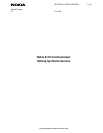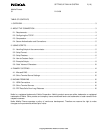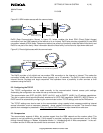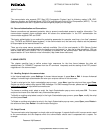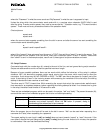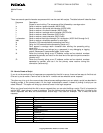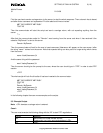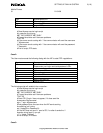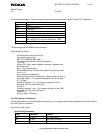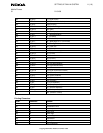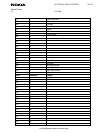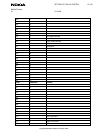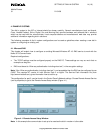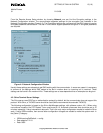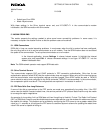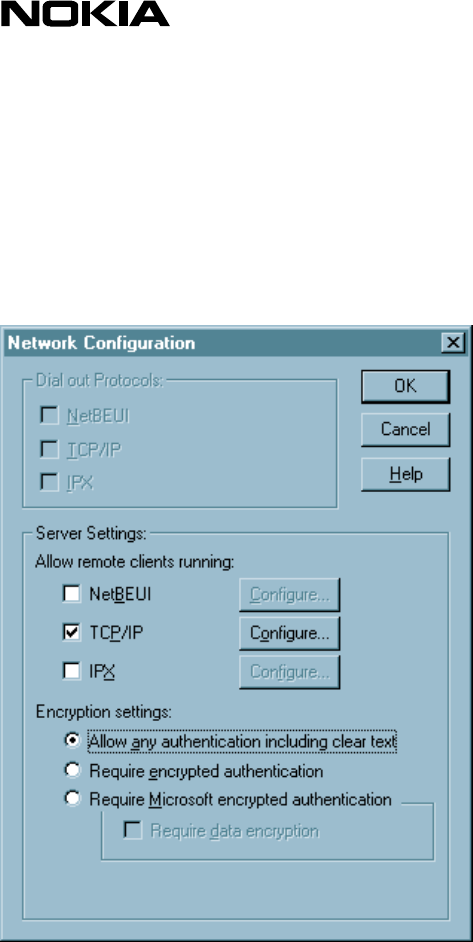
SETTING UP DIAL-IN SYSTEM 15 (16)
Mobile Phones
3.1 21.04.99
Copyright©Nokia Mobile Phones 1999
From the Remote Access Setup window, by choosing Network, one can find the Encryption settings in the
Network Configuration window. The communicator-supported settings for the encryption are illustrated in the
Network Configuration window (Figure 4.2). The Encryption settings are configured so that RAS does not require
encrypted password authentication. The dial-in client should support password encryption if encrypted passwords
are required.
Figure 4.2 Network Configuration Window
Usually these settings are adequate to get RAS working with the communicator. In some rare cases it is necessary
to remove all the settings which RAS makes to the dial-in modem when an incoming call is received. These
settings can be found in the modem.ini file. These settings are so case-dependent that no examples can be given.
4.2. Shiva Terminal Server Settings
The Shiva server uses SPAP as an authentication protocol by default, but the communicator does not support this
protocol. With Shiva, a TACACS server should be used (Nokia recommends the extended TACACS).
The following configuration is based on the Shiva Net Manager settings, with software version 4.0.1. When using
conventional modems, the PPP Restart Timer must be set to 10. Automatic disconnect time should be set to 15
minutes, especially if using international data calls. That is the only major configuration needed to make the Shiva
work. If using ISDN modems, then several other configuration changes are needed to make the system work. In
the [Serial *] category:
• ISDNIncomingCallDefault = config
• Rate adoption: V110
• Rate: 9600



